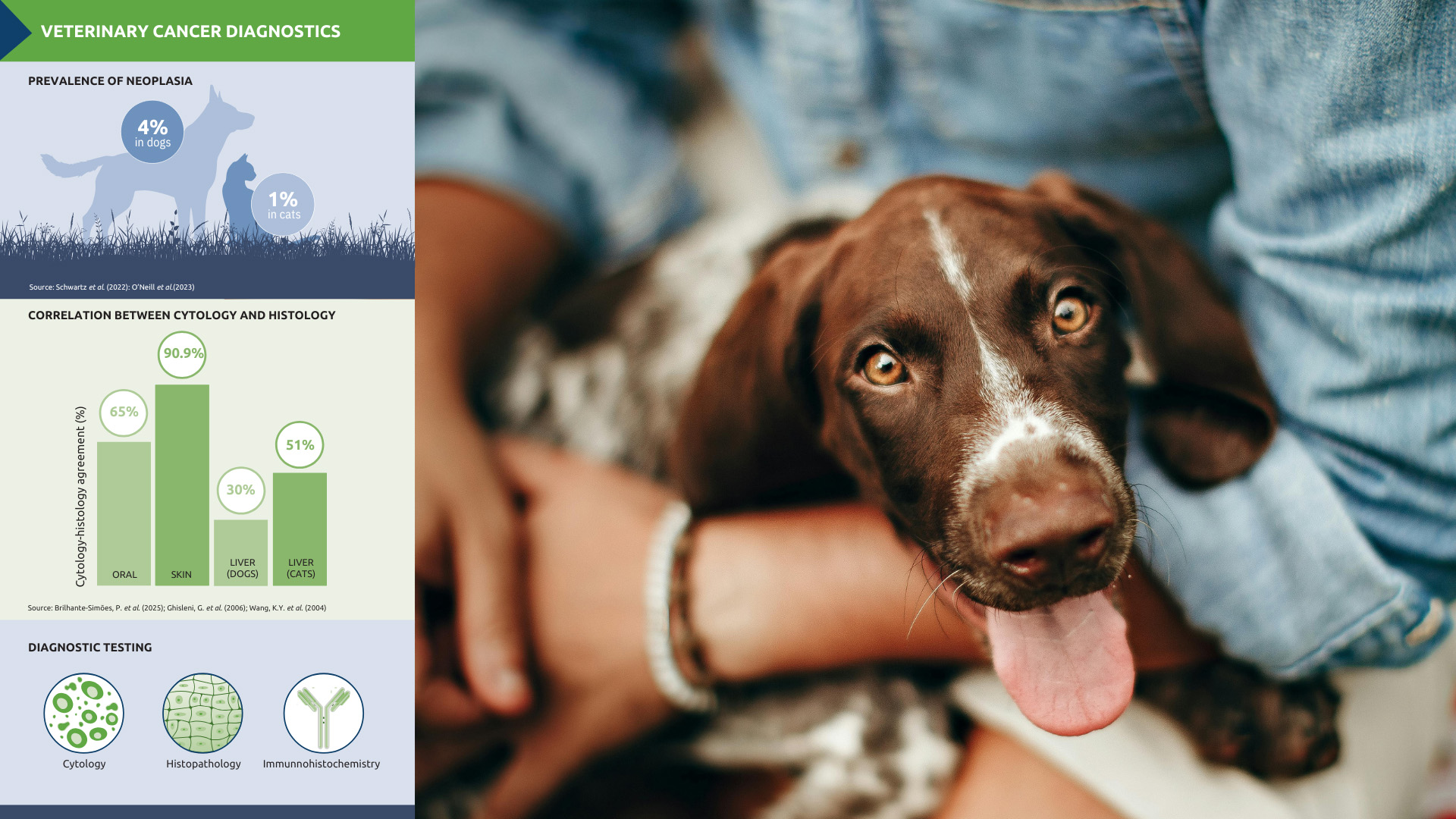Atopic dermatitis in dogs, cats and horses

The article discusses the clinical signs and diagnosis of atopic dermatitis in dogs, cats, and horses. Atopic dermatitis is an inflammatory and pruritic skin disease caused by an allergic response to environmental allergens, food allergens, or both.
In dogs, the clinical signs of atopic dermatitis typically appear between 6 months and 3 years of age, with lesions occurring anywhere on the body. The diagnosis is based on a combination of clinical signs, such as pruritus, and diagnostic criteria developed by Favrot et al. (2010). The criteria include onset of signs under 3 years of age, living mostly indoors, glucocorticoid-responsive pruritus, and other specific features.
Feline atopic dermatitis is less well-characterised and has no recognised breed associations. The disease typically manifests between 6 months and 3 years of age as a chronic pruritic dermatosis, with lesions including miliary dermatitis, over-grooming, non-lesional alopecia, or eosinophilic granuloma complex.
Equine atopic dermatitis is characterised by chronic relapsing pruritus and urticaria with scaling, hyperpigmentation, alopecia, and secondary trauma. The age of onset is variable, typically between 18 months and 6 years.
The article highlights the importance of eliminating other causes of pruritus to reduce the likelihood of misdiagnosis. Diagnostic criteria for equine atopic dermatitis have not been established, but similar criteria to those for dogs and cats may be useful in identifying cases.
Overall, the article emphasises the importance of considering the clinical signs, breed associations, and diagnostic criteria when diagnosing atopic dermatitis in dogs, cats, and horses.


